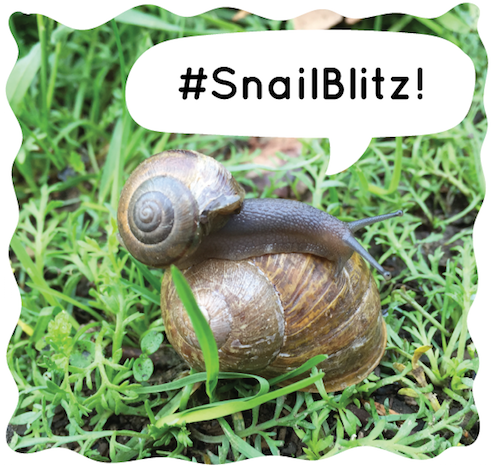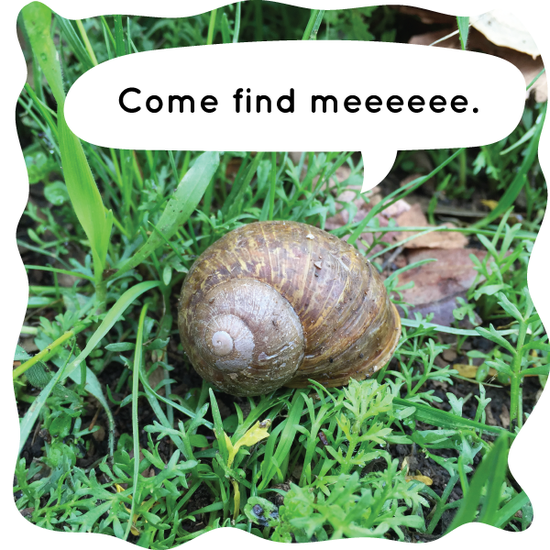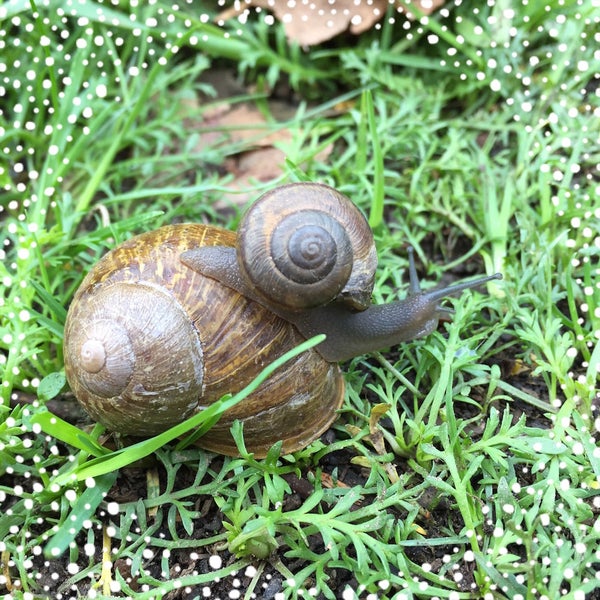This article was published in Scientific American’s former blog network and reflects the views of the author, not necessarily those of Scientific American
We have a problem in Los Angeles. No, not the earthquakes. We don’t know how many and what kinds of snails and slugs we have! We know more about Justin Bieber’s hair than we do about or local mollusks. This just will not do.
This is where citizen science steps in. From now until April 14, 2016, the Natural History Museum of Los Angeles County is challenging us to upload 1,000 new observations of snails and slugs. They should be even easier to find than usual because of our unusually soggy winter, courtesy of a big ol’ El Niño. There is nothing a snail loves more than some nice, damp dirt.
.png?w=500)
This is the native Southern California garden snail, Helminthoglypta tudiculata. I took this photo. Isn't it great? Yeah, I know.
On supporting science journalism
If you're enjoying this article, consider supporting our award-winning journalism by subscribing. By purchasing a subscription you are helping to ensure the future of impactful stories about the discoveries and ideas shaping our world today.
How to participate in #SnailBlitz
It’s amazingly easy to help document the gastropods of Los Angeles and participate in the SLIME project: Snails (and Slugs) Living in Metropolitan Environments.

I admit I posed this a bit. I was comparing the native and non-native garden snails, and then I just sort of "suggested" that one climb on the other. The top one is Helminthoglypta tudiculata, the native snail. The bottom one is the European garden snail, Cornu aspersum. The same one I drew a comic about a few months ago!
Step 1: Take a photo.
Actually, take several photos. The idea is for scientists to be able to identify the species based on your photo, so make sure it’s in focus, and give it a sense of scale. Put a penny in the picture so scientists can tell how big the snail is. Take pictures from the top, the sides, and the underside. Some species of snails look so similar it takes a few angles to tell them apart.
Step 2: Upload and share it
There are a few ways you can share this photo so scientists at the Natural History Museum will see it.
Post it on Instagram, Twitter, or Facebook with the special hashtag for this challenge--#snailblitz. Tag the location or mention it in the description of the photo. And if it’s a #latergram, mention when you saw the snail or slug, too. It’s all part of the data.
Post it to the El Niño SnailBlitz project page on iNaturalist.org. This is an amazing citizen science portal where you can post pictures and scientists will help you identify the species of your find and use it in their research. SLIME is one of the many projects you can submit observations to. They also have smartphone apps so it’s as easy as posting it on Instagram.
Email it. If you don’t want to fuss with social media, simply email your photo with the date and location to slime@nhm.org. Super easy.
Prizes!
The Natural History Museum is also awarding prizes for the best snail photo, best slug photo, best snail/slug meme, and rarest snail/slug photo. See their website for details.
If you aren’t in the area, you can’t participate in SnailBlitz, so you should probably book your trip immediately. But seriously, maybe you know someone who lives in Southern California; tell them to start finding snails and slugs immediately!
Follow all the citizen science at the Natural History Museum, @NatureinLA, on Instagram, Facebook, and Twitter.
How do you even go about finding snails and slugs?
They’re surprisingly easy to find if you go poking around (gently!) in any moist area. Look under some leaves, or under a bush. They’re there just waiting to be documented.

